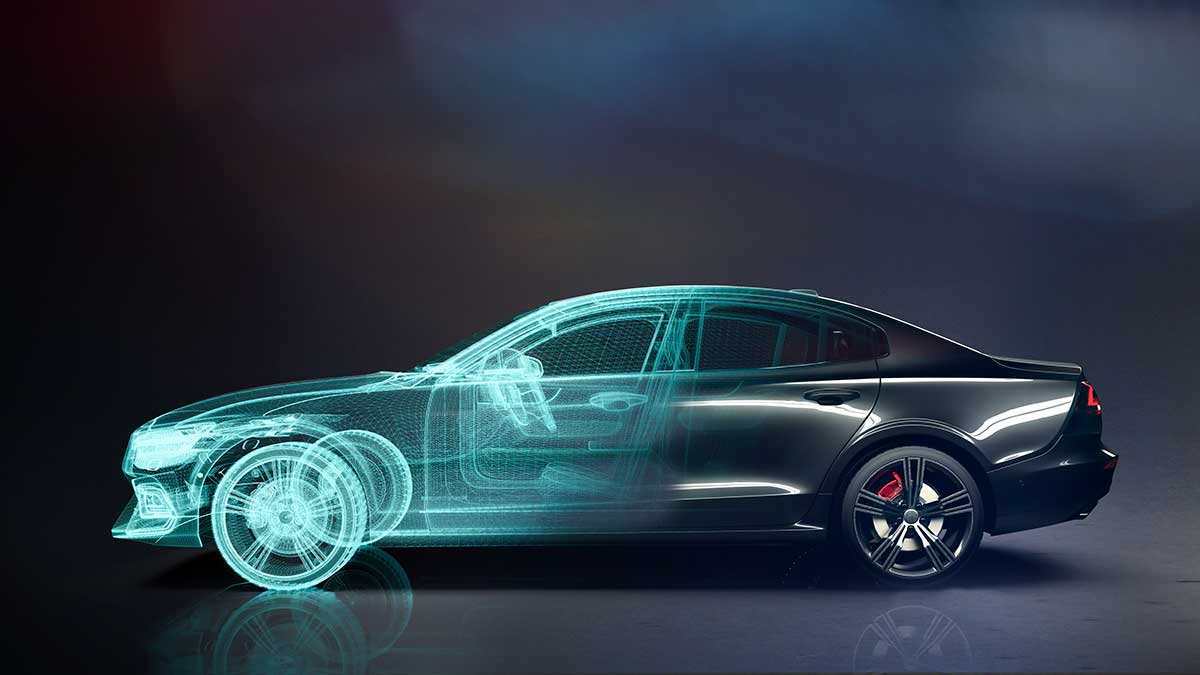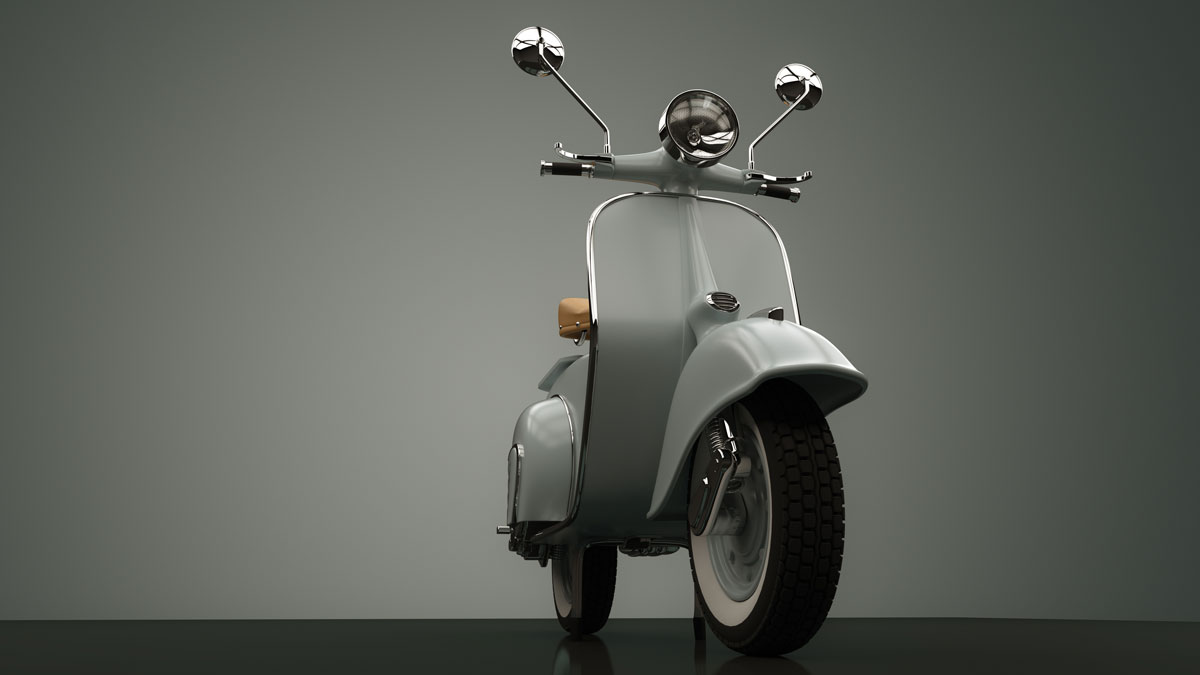Collaboration is a catalyst for creative endeavors. Investing in collaborative systems and tools can greatly benefit designers and the organizations they work for. This article describes those benefits and suggests ways to move towards a more plural approach to design.

©bongkarn / adobe-stock.com
About Collaborative Design
Collaborative design (also known as participatory design) is a design strategy that gathers multiple perspectives in order to solve a problem. Although this sounds simple, implementing collaborative design in practice is a challenging task for various reasons.
In some organizations, the culture or work environment does not encourage collaboration. Far from being a united whole, the design process is split into multiple stages, workflows and processes riddled with redundancies.
Obstacles to collaborative design are the result of how the design process itself is structured. In previous blog posts, we’ve extensively discussed why the conventional design process is due for an overhaul. As a designer, you’re probably familiar with complex and lengthy processes consisting of multiple stages and functions, each calling for their own tools and specialists. Under these circumstances, the very thought of getting an idea through so many layers can be discouraging.
Rigid organizational structures have a similar effect, since they discourage collaboration whether directly or indirectly, by taking a top-down approach to decision making.
Barriers to participatory design can also stem from misunderstandings about what collaboration really means. Collaborative design doesn’t imply constant interaction or getting feedback from multiple sources non-stop. Rather, it means incorporating varied perspectives into the design process, while recognizing that the process also requires time for deep focus and individual work.
Collaborative Design: A Powerful Ideation Tool
It’s common to think of design as novel idea generation, but that’s a rather simplistic view of this discipline. New ideas must be worked on and refined, and in production-oriented settings this necessarily requires collaborating with others. This means that collaboration is enmeshed in design, and not just in the final stages of the creation process, but right from the start.
Psychologists who have studied the creative mind state that innovative sparks are fed from multiple sources, even those that appear arbitrary or unrelated to the topic at hand. “Aha moments†appear when they’re least expected. And similarly, creative input can come from unexpected sources, places, or people.
When it comes to ideation, the tendency is to focus on grand solutions. But sometimes it’s worth to start with quantity and move towards quality later on. This means getting as many contributions as possible: the more designers are part of a team, the more ideas they will bring to the table. And the more ideas are floated around, the more chances exist of mixing them up in the unconventional ways that characterize design thinking.
The Impact Of Collaborative Design On Creativity
The actual concept of creativity entails the ability to generate something new from existing ideas. If design involves thinking differently, it makes sense to embrace as many different perspectives as possible in order to rework concepts creatively.
Research studies confirm that collaboration is a key driver when it comes to unleashing the true potential of one’s creative mind. For example, a 2012 study found a correlation between perspective-taking (i.e. viewing things from other people’s point of view) and improved team creativity. Researchers also found that team collaboration resulted in more elaborated ideas, both at individual and collective levels.
4 Ways In Which Collaboration Can Transform Your Perception And Experience Of Design
Collaborative design can be a powerful learning experience
One of the main goals of participatory design is to generate conversations around concepts and to put potential solutions in a wider context. When this happens, the design process is no longer a series of tasks. Instead, it becomes a productive dialogue. A team member can come up with an original concept, and others can nurture the idea and shape into something that transcends the initial concept. This type of dialogue and knowledge exchange can lead to greater creative insight.
Collaboration allows creativity to flow through every design stage
Products and services are designed to serve a purpose throughout their life cycle, and the initial concept is only a part of the big picture. As a design thinker said, using creativity when defining the problem is just the starting point. A plural vision is essential to get a better picture of a product’s strengths and weaknesses throughout its entire life cycle.
Collaborative design has the ability to break down organizational silos
This can be detrimental to the free flow of creative ideas. By breaking down silos, collaborative design also tackles the problem with “design by committeeâ€. Although this approach may be well meaning or have efficiency in mind, it often results in alienation and demotivation. Under these conditions, creativity can hardly emerge.
Participatory design sets the basis for a positive work atmosphere
Surveys confirm that collaborative environments are linked to higher employee satisfaction, engagement, and motivation. In turn, this positive frame of mind can foster creativity in individuals and teams.
Challenges And Tools To Solve Them
The benefits of collaborative design are obvious, so why is it so hard to implement? We can’t deny that group dynamics are always complex. One of the main challenges involved in collaborative design is the sheer amount of data and input this process generates. This is one of the key reasons why participatory design isn’t more widely adopted.
In many corporate design settings, it’s simply not practical or financially doable to consider every good idea that comes up. The abundance of input is sometimes seen as a barrier to agile systems, mainly due to the time investment needed to examine the feasibility of each design proposal or variation. We all know that design mistakes are costly.
The complexity of group dynamics increases when the tools and processes used to support those dynamics aren’t built with collaboration in mind. In other words, collaborative design needs collaborative tools. Otherwise, systems and processes can’t catch up with the innate creativity of designers, which can lead to missed opportunities.
Tackling these challenges involves:
- Setting a clear purpose and direction when implementing participatory approaches to design.
- Rethinking the design process.
- Choosing tools that enable shared understandings and solution-oriented work.
The flyingshapes virtual design studio has been created to help design organizations rise to challenges and make the most of collaborative design. This innovative tool puts collaboration front and center for a more efficient and fruitful approach to design. In doing so, it opens the doors to new forms of creative expression, and to tangible results for organizations.
Conclusion
Creating a collaborative design environment can support inner creativity and make the workflow more purposeful. This approach to design nourishes the talent of designers and other experts so that powerful concepts and solutions can emerge. By using collaborative tools built around participation, organizations can gain a richer understanding of what it means to design.


